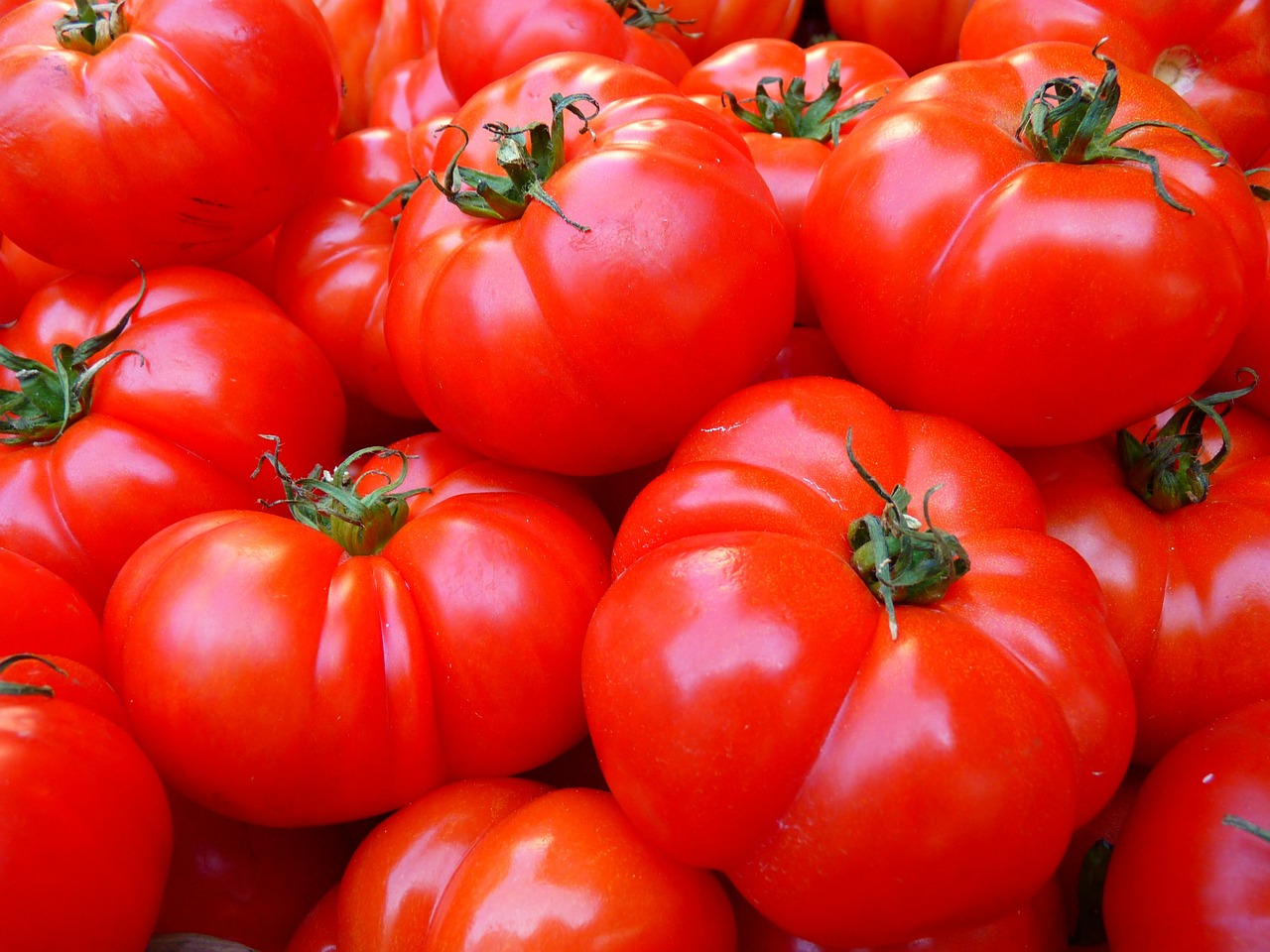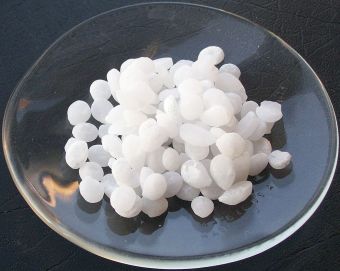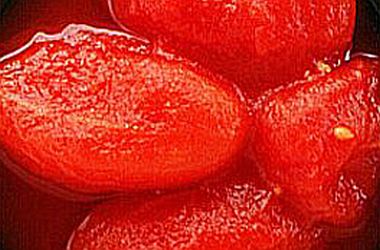 The advertisement for Hunt’s Tomatoes says they use no harsh chemicals to peel their canned tomatoes. This statement does not openly suggest other companies use harsh chemicals, but it implies that they do. In fact, it is a common practice to use chemicals to peel tomatoes. Hunt, though, declares they use steam.
The advertisement for Hunt’s Tomatoes says they use no harsh chemicals to peel their canned tomatoes. This statement does not openly suggest other companies use harsh chemicals, but it implies that they do. In fact, it is a common practice to use chemicals to peel tomatoes. Hunt, though, declares they use steam.
To Tell the Truth
My curiosity aroused, I decided to look into the matter. Technically, Hunt is telling the truth. Nonetheless, the use of lye in the peeling of fruits and vegetables is not new or unusual. Although 70% of tomatoes are peeled using hot water or steam, approximately 30% are peeled using lye.
‘How To’ Peel Tomatoes
These facts are found in the publication by the University of California, Davis entitled, Peelability and Yield of Processing Tomatoes by Steam or Lye. It discusses the peeling of two well-known tomato varieties by means of boiling water, steam, and lye peeling. Two of the control factors that affect results are temperature and exposure-time. Vacuum is employed to remove the loosened peel.
What is Lye?

When the article mentions lye, it refers to either sodium1 (NaOH) or potassium hydroxide2 (KOH). Pure lye, or even a strong water solution is harsh. It can be used to clean stopped drains. It is also used in the manufacture of paper, cellophane, and mercerized cotton. Thrown into the eyes, lye burns, and can even blind the victim.

So why is the use of lye among the tools used to peel tomatoes? Ordinarily, tomatoes are harvested as an entire crop—when 90% of the yield is ripe. Of course, some of those tomatoes are a little beyond ripe. The goal is to peel the tomatoes with as little loss of fruit and as little softening as possible. This needs to be accomplished without diminishing color.
In Spite of That
Although lye has the potential of hurting the individual coming into contact with it, the consumer in no way faces exposure, as it is not part of the finished product. Although the advertisement is true, to the average consumer, it may as well be written in a foreign language. Lye is used in the manufacture of soap. It is used in the preparation of eating olives. For decades it was used by homemakers to remove hulls in the making of corn hominy. Even some cookie recipes list lye in the list of ingredients!
If you are interested in the treating of ripe olives with lye to produce both green and black olives, or the time-honored preparation of corn hominy, you will enjoy the following two, very informative videos!
1 also called caustic soda
2 also called caustic potash
New Peeling Technology
A new form of tomato peeling is being developed, called the infrared dry technology. Interested in how it works? Enjoy this California PDF file, available for download.
Note: You might also enjoy Instant Pudding Thickening Recipe
References:
- Seasoned Advice: Why is Lye Used in Some Recipes for Cookies?
- National Center for Home Food Preparation: Hominy without Lye
- The National Academie Press: Sodium Hydroxide

Thanks. Wanted the brand’s that did use lye though. Still would like to know.
Red Gold uses a caustic solution to make the peel soft and detachable. They also use it to “clean” processing equipment. I know of an instance where the CIP valve wasn’t working on a pasteurizer and allowed the caustic to mix with product that was eventually put on hold. How many times has it happened without being detected? They check for PH – it’s their critical control point. I’m not sure if that tells to a certainty that there’s no caustic in the product though since tomatoes are acidic and lye basic. They PHs offset.
This makes no sense. The baseline pH they would use for comparison would be that of pure tomatoes. The basic pH level of lye would result in a different pH vs the baseline. “Offsetting” would only be relevant if they were using water (for example) as a baseline.
A further update on the lye controversy backs up the conclusions of this article. See http://www.asrcreviews.org/2014/08/nad-recommends-conagra-modify-or-discontinue-steam-not-lye-claim-challenged-by-red-gold/
They forgot to mention that wonderful Norwegian delicacy Lutefisk, which is fish soaked in lye! The other thing I wonder about is the carbon footprint of steam vs. lye? My guess is that steam uses a lot more energy than the lye process.
I learned a lot by reading this article and reading from the links provided. I recommend you read this to get the information you need to fully understand this subject. It is a good read.